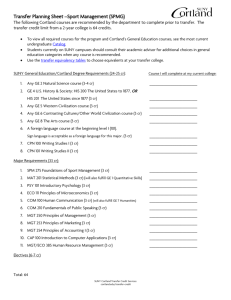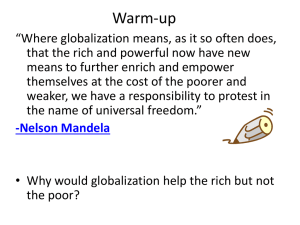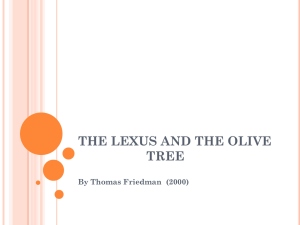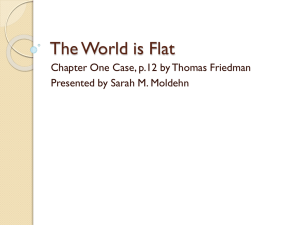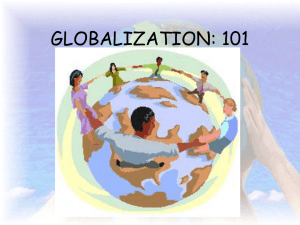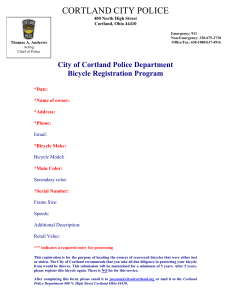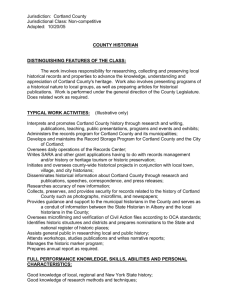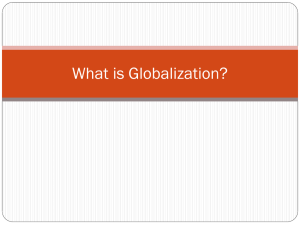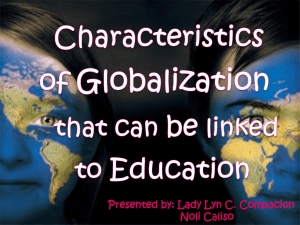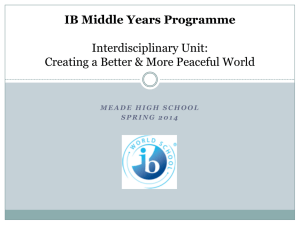Cultural Influences on Leadership and Organizations
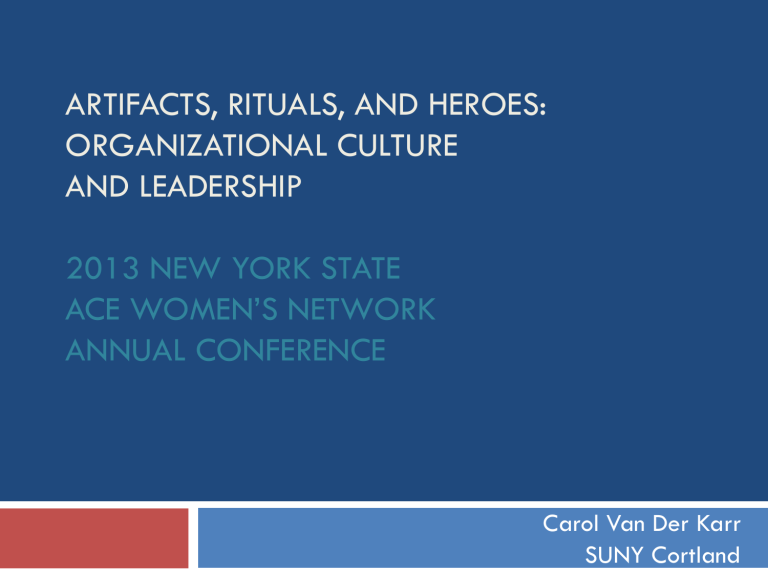
ARTIFACTS, RITUALS, AND HEROES:
ORGANIZATIONAL CULTURE
AND LEADERSHIP
2013 NEW YORK STATE
ACE WOMEN’S NETWORK
ANNUAL CONFERENCE
Carol Van Der Karr
SUNY Cortland
Introductions and Goals
Globalization and higher education
Organizational culture theory
Assessing institutional culture through symbols
Implications for leadership
Your experiences and possibilities
Globalization + Higher Education
Globalization is not easily defined or quantified
Higher education responds to, engages in and works to have an impact on globalization
Higher education are unique organizations
Result: Complex, dimensional, dynamic concepts within complex, dimensional, dynamic organizations
How do we communicate, operate and lead?
Picture This…
The experience of the people drawing
What happens when it’s seems simple to you and others don’t get it?
The experience of audience
What do we do when we don’t understand what that person is drawing?
Shared Understanding
More challenging as concepts and issues become more complex
Dependent upon experiences and perspectives of individuals
Does not have to mean agreement
Can enhance communication and functioning within an organization
Theory of Organizational Culture
Symbolic framework
Institutions are dynamic systems open to interpretation and multiple meanings may exist within an organization
Looks at the ways meaning
definitions, values, assumptions, beliefs, priorities
Are expressed through
communication, history, environment, products, relationships, processes, and behavior
Different models and approaches
Schein’s levels of culture
Chaffee and Tierney’s dimensions of culture
Masland’s windows on culture
Effectiveness in Organizations
“Surely, quantitative analyses, applied statistics, and economic models are absolutely essential to any organization’s viability, and yet the cultural anchors, basic values, and behavioral dynamics of organizations set the foundations and guidelines for how the more logical, rational and measurable variables will be understood, used, and implemented.”
Organizational Symbols
Artifacts
Structures: processes and policies, governance, funding, committees
Rituals and Traditions
Saga and Myths
Heroes and Saints (and Villains)
Language
Tierney’s Cultural Investigation
Examine mission
Socialization of new members
Information—who defines, how is it communicated?
Strategy—how are decisions made and who is involved?
Leadership—what is expected, who are formal and informal leaders?
Can You Dig It?
1000 years from now, an archeologist stumbles upon your campus—perfectly preserved.
What artifacts would she find that represent globalization or internationalization on your campus? What would they reveal?
How to Research Culture
Cultural Audit or Inventory
Can go in with a specific value or initiative in mind
Where do I see international students experience and support?
Naturalistic/qualitative methods
Asking why people hold a view, not just what they think
Interviews and open ended surveys
Observations
Media analysis (documents, publications, social media)
The process can strengthen understanding
Analysis
Clarity and richness of explanations
What values, priorities are being expressed?
Themes: Recurrent ideas, definitions, views
Different or opposing themes or values
Subcultures and cohorts
Resonance: Do the symbols support with what we espouse or assume
All of the above lead to congruence
Where is meaning shared
Converge
Diverge
Conflict
Degree or strength
Leading: Uses of Cultural Exploration
Profile organizational evolution and how it operates
Strengthen sense of identity or purpose
Institutional effectiveness
Understand strains, resistance, and conflict
Increase communication
Monitoring culture to assess change
Connect and anchor different ideas and initiatives
Strategy to achieve a specific goal
Build consensus and infuse meaning through symbols
Seeking balance to help move organization
Leading: Promote Understanding
Encouraging Shared
Understanding
Create opportunities for ambitious dialogue
Engage divergent views and encourage others to do so
Create a web of understanding
Leading: Expressing Our Values
Reflect on our own values
What does my own culture say about me?
Are my priorities and values represented in organizational culture?
How am I being interpreted?
Am I consistent and clear?
Authenticity
Maximizing opportunities for people really get to understand your perspective
Builds appreciation, trust and increases your authenticity
People understand where you are coming from
Experiences and Possibilities
What have been your experiences with the culture of your organization?
What artifacts have you created?
What is your saga?
When have you been the hero or villain?
What cultural strategies have you used, or would you think about using, to support globalization or other areas?
Contact
Carol Van Der Karr, PhD
Associate Provost for Academic Affairs
SUNY Cortland carol.vanderkarr@cortland.edu
607 753 2206 www.cortland.edu

